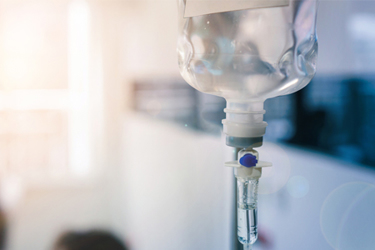Mitigating Hidden Risks: Extractables And Leachables
By Christopher Wittum, Scientist II, Analytical Services, Cambrex

During the drug development process, it is important to identify any risks of product adulteration that could present a risk of toxicity, or affect stability or efficacy. It is widely accepted that drug makers must eliminate impurities in the drug product itself, but more recently, regulatory agencies have scrutinized the impact of impurities that may arise from the packaging of materials. In 1999, following extensive studies on the propellants used in metered dose inhalers, the FDA mandated that pharmaceutical manufacturers demonstrate the safety of materials used in production systems, container-closure systems and drug delivery devices. To comply with these standards, testing of extractables and leachables (E&L) is routinely performed to evaluate the potential for various chemicals to migrate from containers into drug products and biologics.
The aim of these studies is to identify, quantify, and ultimately minimize any impurities that can make their way into a final product. In general, any material that is in direct contact with an API is considered for E&L analysis. Secondary or tertiary packaging, such as labels, are also evaluated for any potential impact.
Get unlimited access to:
Enter your credentials below to log in. Not yet a member of Outsourced Pharma? Subscribe today.
